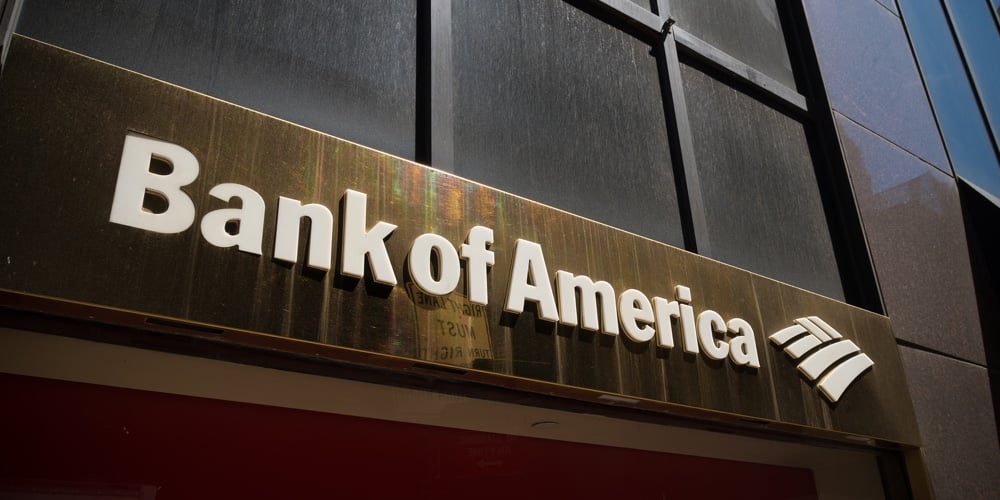4 revealing insights from study of new branches opened by big banks
Chase, Bank of America and Wells Fargo have all undertaken bold branch-building plans. But this analysis uncovers widely differing results for both deposits and growth.

Given all the words written about “the death of the branch,” the announcements in 2018 by JPMorgan Chase and Bank of America that they would each build 400 to 500 new branches over the next four-to-five years got a lot of attention. Many community banks and credit unions are still building branches, as well, even if it’s only one or two annually. What can they learn from the big bank’s efforts?
I analyzed the new branches opened by the top three banks in the last three years of official FDIC reporting (June 30, 2015-June 30, 2018). In a previous analysis, I found that about 60% fewer branches have been opened in the years since 2008, compared to pre-recession years, and that these newer branches are performing significantly better than those opened earlier in terms of deposit growth. The question is whether the new branches of the three U.S. megabanks are performing similarly.
The recent announcements of building 80-100 new branches annually notwithstanding, the Big 3 have been building a more modest number of new branches in recent years. Chase leads the pack at an average of 40 annually, followed by BofA at 17, and Wells at about 15. These counts don’t include the fully automated and un-staffed locations such as BofA’s “Advanced Centers.” These new types of sites don’t meet the technical definitions of a branch and don’t require a branch charter.
continue reading »




